Sennheiser, a long-established microphone brand known for its range of professional wired and wireless microphones, has also released products for smaller-scale recordings, such as those for vloggers and YouTubers. One such intriguing product is the XSW-D Portable Lavalier Set.
Sennheiser / XSW-D Portable Lavalier Set
This set combines the renowned ME 2-ii lavalier microphone with a compact wireless system. By using the XSW-D Portable Lavalier Set, you can easily make the microphone setup of your camcorder, mirrorless camera, DSLR, or any video recording device with an external input port wireless.
Since I had the opportunity to try it, I’d like to introduce its features.
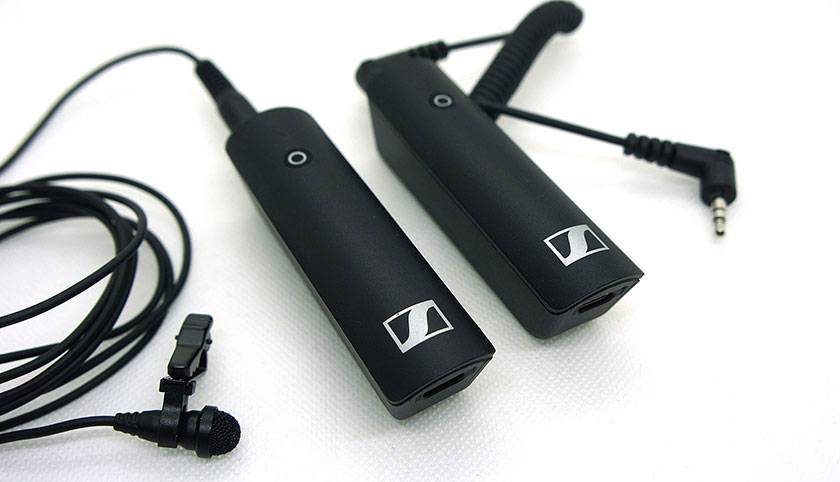
<XSW-D Portable Lavalier Set>
Easy wireless connection with no need for knowledge of radio waves or frequencies
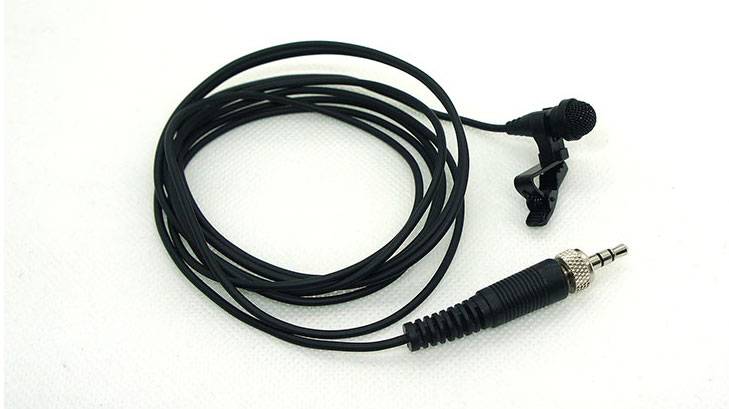
<Clip-On Omnidirectional ME 2-ii Microphone>
Upon opening the package, several components come into view.
The main one is the ME 2-ii microphone, a well-regarded omnidirectional lavalier mic (clip-on mic) and a standard choice for interview recordings.
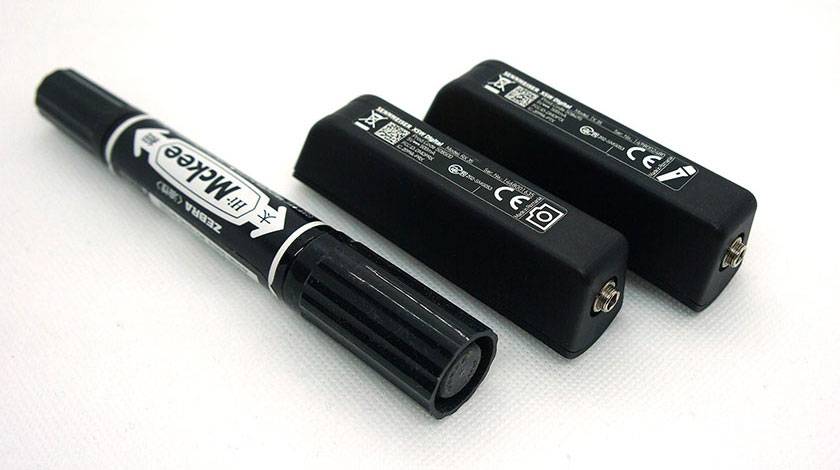
<Transmitter and Receiver Size Comparison with a Marker>
Next up are the transmitter and receiver. They look identical, so it’s easy to mix them up, but you can distinguish them by looking at the back. The TX 35 (microphone icon) is the transmitter, while the RX 35 (camera icon) is the receiver. Adding a label or sticker to each for easy identification might be helpful.
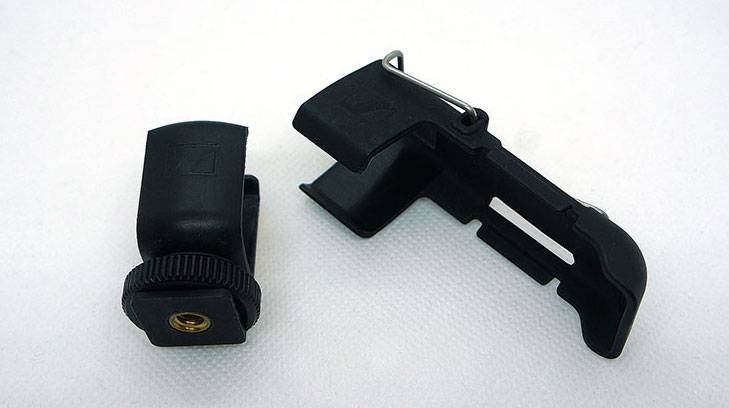
<Adapter for the Transmitter and Receiver>
The adapter for the transmitter includes a belt clip, while the receiver’s adapter is a hot shoe adapter (also compatible with cold shoes).
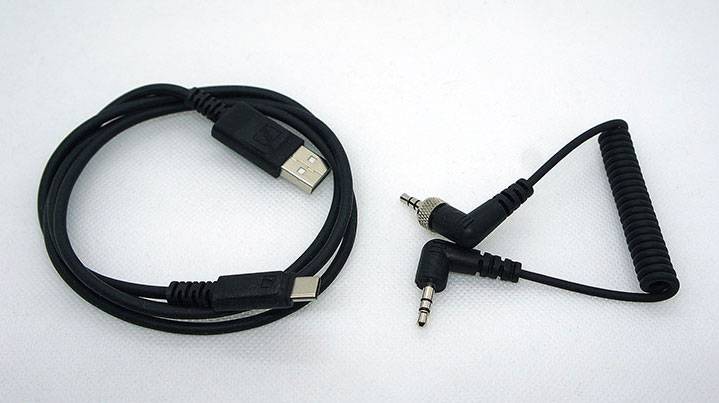
<Charging USB Cable and 3.5 mm TRS Cable>
The set also includes a 3.5 mm TRS cable to connect the receiver to the camera and a USB-A to USB-C cable for charging, along with a 3.5 mm extension cable. Note that the USB cable is only for charging and cannot be used for digital connections with devices that have a USB-C port.
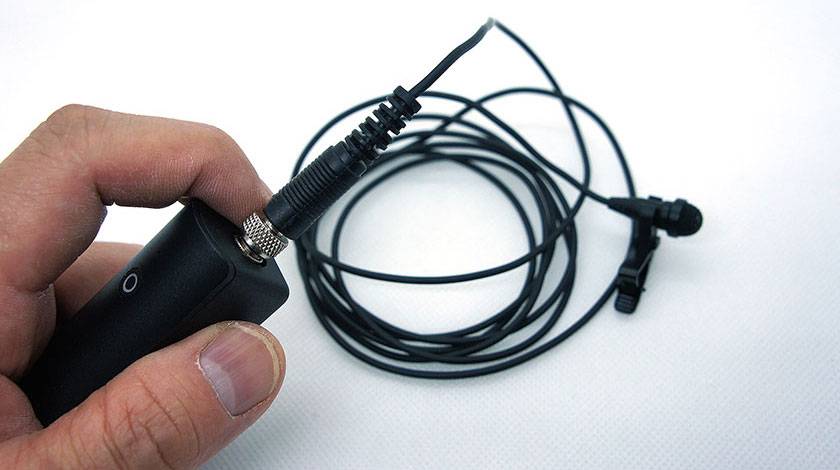
<Lockable Microphone Cable>
Setting up the system was incredibly simple, requiring no technical knowledge.
You attach the ME 2-ii microphone near the speaker’s mouth (e.g., on their clothing) and connect the output cable to the input port of the TX 35 transmitter. The port is secured with a screw lock to prevent accidental disconnection.
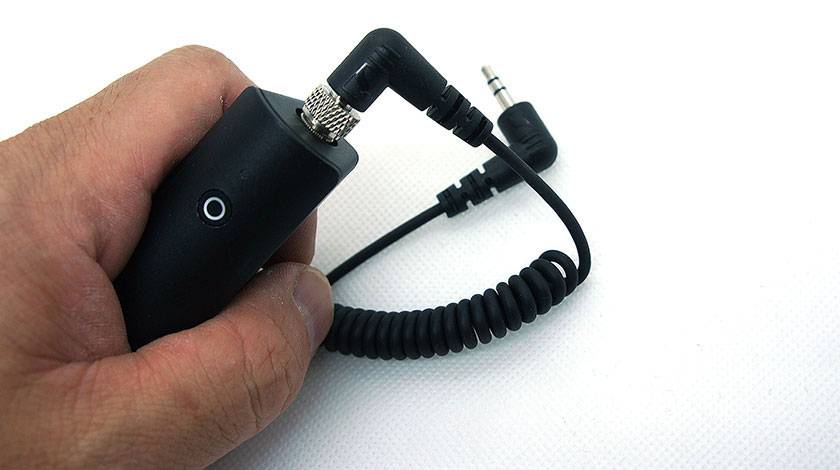
<Lockable Cable on Receiver for Secure Connection>
Likewise, you connect the receiver’s output port to the camera’s input port using the provided TRS cable. This port also has a screw lock to ensure a secure connection.
The other end of the cable goes into the external input port of the camera. The system is compatible with any device that has a 3.5 mm input port. However, note that the input will be mono (same audio on both channels), not stereo.
Each device (transmitter and receiver) has a single button that powers the unit on. Upon activation, the system automatically searches for a connection, and when the LED changes from flashing green to solid green, the connection is complete. Astonishingly, there is no need for any manual connection setup! I’ve used many wireless systems before, but the Sennheiser XSW Series is by far the easiest to set up.
To turn the system off, simply hold the button down. There are no other functions—it’s as simple as that.
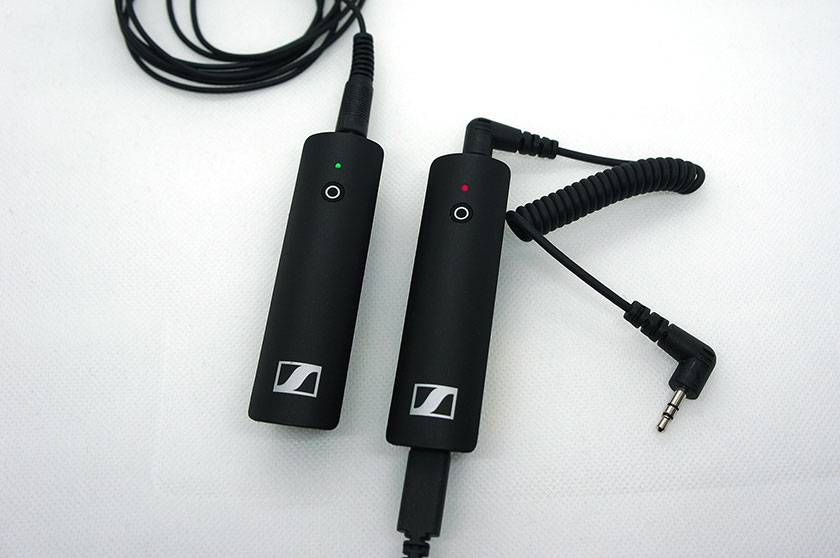
<LED Indicators for Transmitter and Receiver Status>
The system operates on the 2.4GHz band, allowing up to five sets of the same device to be used simultaneously. Even when using multiple sets, the connection process is the same—each pair of transmitter and receiver automatically finds an available frequency. Setting up traditional wireless systems often required technical knowledge about radio frequencies, but the XSW-D Portable Lavalier Set removes that barrier, making wireless setups accessible even to those who previously avoided them.
The ME 2-ii microphone offers consistently high sound quality
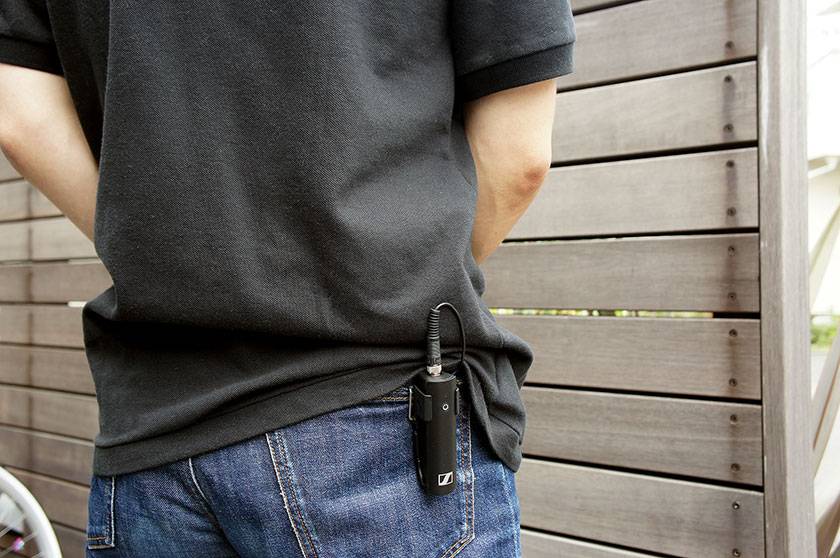
<Attaching the Transmitter>
I used it for an actual interview recording.
I clipped the microphone onto the subject, ran the cable inside their clothing, and attached the transmitter to a pocket using the belt clip.
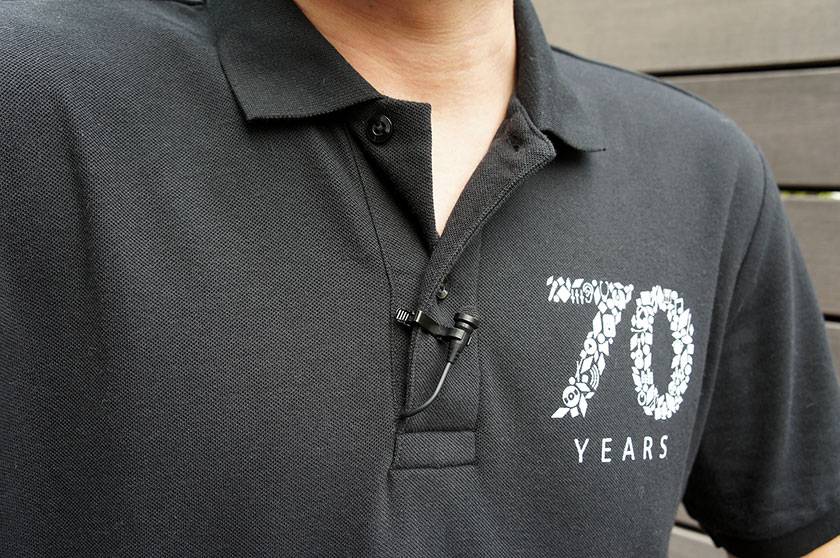
<Adjustable Clip Direction>
The ME 2-ii microphone is a small omnidirectional clip-on mic, perfect for speeches and vocals, and its sound quality is highly regarded. It recorded the conversation with exceptional clarity. Since the mic unit is omnidirectional, you don’t have to worry about its orientation. It can still pick up sound stably, even if positioned under the chin or in other places away from the direction of the speaker’s voice.
However, since it picks up sound from all directions, you need to be mindful of the distance from the speaker’s mouth when using it in noisy environments. It’s recommended to place the mic within 25 cm of the speaker’s mouth. The closer it is, the clearer the sound, so pay attention to positioning in noisy places.
When using wireless systems, there can be some change in sound quality. This is particularly noticeable in cheaper consumer-grade wireless systems. However, since the XSW-D Portable Lavalier Set uses the 2.4GHz band for digital wireless transmission, changes in sound quality are kept to a minimum, and you won’t notice any degradation in quality when recording interviews.
Additionally, since the XSW-D Portable Lavalier Set uses the 2.4GHz band, which is also used by Wi-Fi, no license or registration is required to use it. You can start using it right after purchase. However, as the 2.4GHz band is used for various purposes, especially indoors, it’s a good idea to check that the wireless transmission is functioning properly before recording.
For reference, the transmission range between the transmitter and receiver is about 75 meters under ideal conditions. This is more than sufficient for interviews or documentary recordings.
You can also use it with smartphones or computers with additional cables
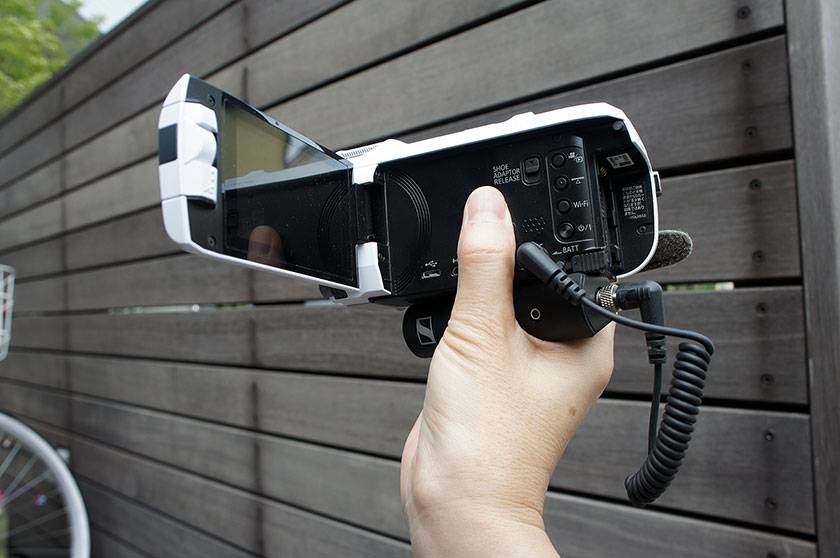
<Curl Cord for Easy Handling>
The XSW-D Portable Lavalier Set features a 3.5 mm TRS output terminal, which makes it compatible with a wide range of video recording devices like digital SLRs, camcorders, and mirrorless cameras that have a 3.5 mm external input terminal. As shown in the photo, it can be easily attached to an older camcorder. If the device lacks a shoe mount, the included adapter won’t work, but it can still be used effectively by wedging it in place or securing it with double-sided tape, as shown in the photo.
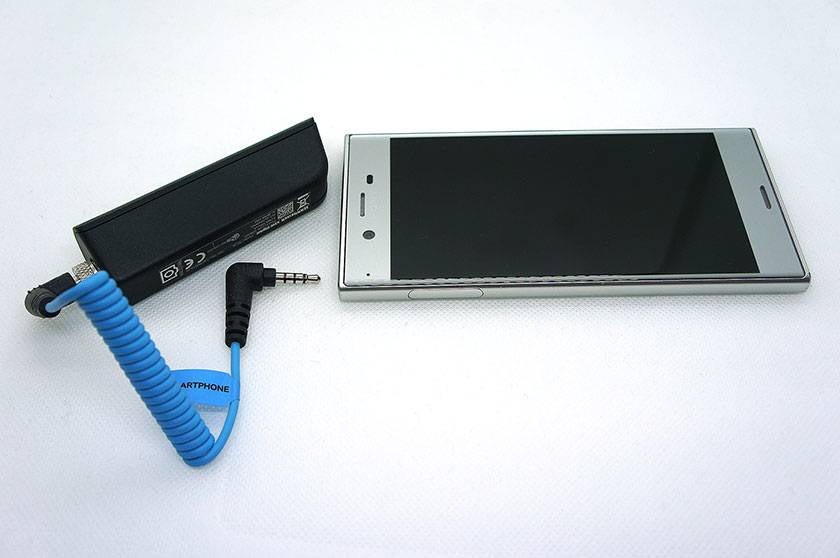
<XSW-D MOBILE CABLE has a 4-pole TRRS terminal>
One thing to note is that while smartphones and computers also use 3.5 mm input terminals, they often use 4-pole TRRS terminals. The cable included with the XSW-D Portable Lavalier Set won’t work for these devices. If you want to connect to a smartphone or computer, you’ll need to purchase the XSW-D Mobile Cable separately or get the XSW-D Portable Lav Mobile Kit, which includes the cable. The XSW-D Mobile Cable is an adapter that converts to the 4-pole TRRS terminal commonly used in smartphones and computers.
The XSW-D Portable Lav Mobile Kit also includes a robust smartphone clamp from Sennheiser and a Manfrotto PIXI tripod, so if you’re planning to shoot with a smartphone, it’s more convenient to purchase the kit from the start.
This concludes the introduction of the XSW-D Portable Lavalier Set. How did you find it? A good microphone is essential for enhancing interview audio quality. Upgrading your camera’s microphone to a directional one like the Sennheiser MKE 200 is a great option, but going wireless is also an effective approach. For those looking for an easy way to adopt wireless lavalier microphones, which were once considered a high-barrier option, this product is an excellent choice.
The “sound & person” column is made up of contributions from you.
For details about contributing, click here.





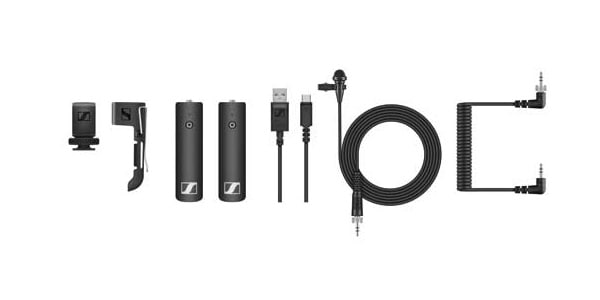







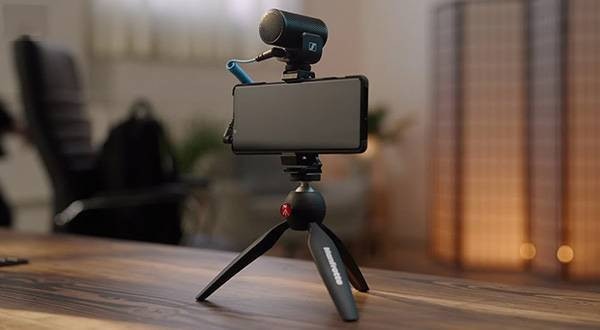
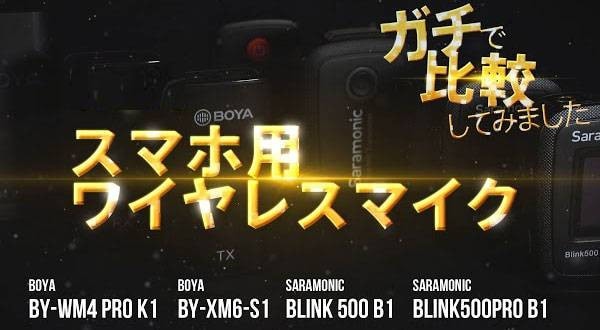
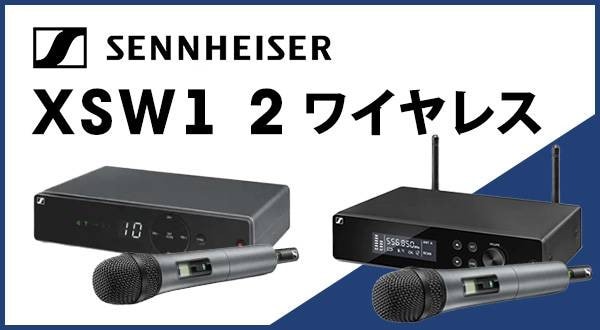
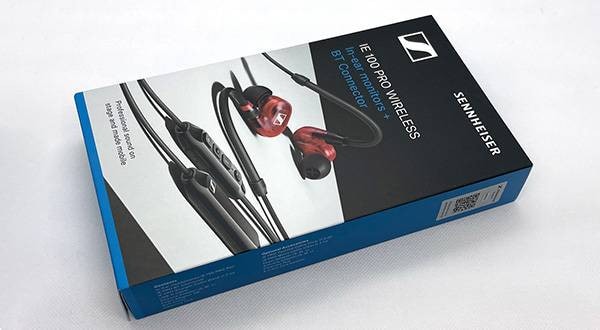
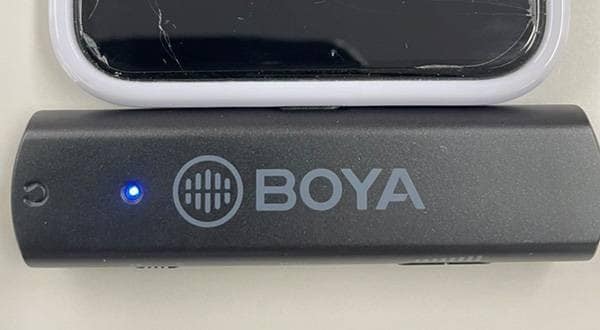
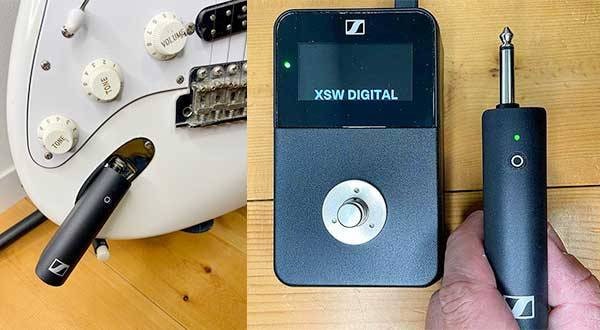
 SENNHEISER プロ用インイヤーモニター
SENNHEISER プロ用インイヤーモニター
 SENNHEISER(ゼンハイザー)特集
SENNHEISER(ゼンハイザー)特集
 コンデンサーマイクとは
コンデンサーマイクとは
 ワイヤレスマイクロホン
ワイヤレスマイクロホン
 ワンランク上のボーカルマイク選び
ワンランク上のボーカルマイク選び
 iPhone / iPad / iPod用デバイス
iPhone / iPad / iPod用デバイス















